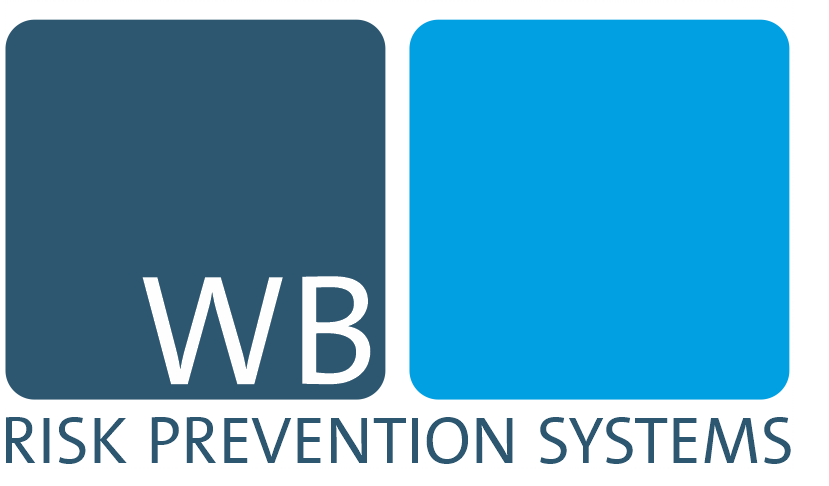„Unternehmen sollen weder direkt noch indirekt Bestechungsgelder oder sonstige unegrechtigte Vorteile anbieten, versprechen, gewähren oder fordern, um einen Auftrag oder einen sonstigen unbilligen Vorteil zu erlangen oder zu behalten.„
Die OECD beschreibt in ihrem Leitsatz
zur Bekämpfung der Korruption, in vermeintlich verständlichen Worten, woran
sich jedes Unternehmen halten sollte. Dass dies in der Praxis anders aussieht
und nicht immer den Leitsätzen entsprechend abläuft, ist leider eine Tatsache,
die auch wir in Unternehmen erleben mussten.
Die Betroffenen werden in den wenigsten Fällen im Vorfeld
darüber nachgedacht haben, welche Risiken die Zahlung oder der Erhalt von
Bestechungsgeldern mit sich bringt. Umso wichtiger ist es, sich als
Unternehmen grundsätzlich dagegen auszusprechen und klare Richtlinien zu etablieren.
Alarmglocken am südafrikanischen Standort
In diesem Fall kam es zu einem möglichen Korruptionsfall in der Tochtergesellschaft eines in den USA gelisteten Börsenkonzerns. Das in der Öl- und Gasindustrie beheimatete Unternehmen soll in Südafrika, dem Sitz der Tochtergesellschaft, Bestechungsgelder gezahlt haben, um an öffentliche Aufträge zu gelangen.
Im ersten Moment sind es ‚nur‘ Anschuldigungen, die geprüft werden müssen. Im nächsten Moment wird aber klar, welche Risiken plötzlich im Raum stehen:
- Black-Listing des Konzerns in den USA für öffentliche Aufträge. Würde dieser Zustand eintreten, würden rund 50 % des Konzernumsatzes wegfallen, da dieser Umsatz auf dem Geschäft mit der amerikanischen Regierung basiert.
- Gefängnisstrafen für die verantwortlichen Manager.
- Hohe Strafzahlungen in zweistelliger Millionenhöhe.
Um die Krisensituation einzudämmen und vor allem die Risiken aus dem Weg zu räumen, wird Jan-Hendrik Heinen als Manager Internal Audit hinzugezogen. Im Fokus seiner Aufgaben stehen die Aufnahme eines vollständigen und sachgerechten Lagebildes, die Analyse der aktuellen Lage und die Ausarbeitung geeigneter Korrekturmaßnahmen.
Internal Audit soll Klarheit bringen
Als verantwortlicher Projektmanager übernimmt er die Planung eines Internal Audits. Dabei liegt der Schwerpunkt des Audits auf der Beschaffung und Auswertung von gesammelten Informationen. Konkret beinhaltet dieser folgende Schritte:
Maßnahmen operationell:
- Leitung und Durchführung eines „Surprise-Audits“ vor Ort
- Durchführung forensischer Untersuchungen und Analysen
- Durchführung von Interviews mit den Beteiligten
Maßnahmen organisatorisch:
- Zusammenstellung eines Teams von Spezialisten
- Zusammenstellung eines fokussierten Audit-Programms sowie eines entsprechenden s.g. Documentation Requests
- Einbindung der Stakeholder auf Konzernebene
Maßnahmen Kommunikation:
- Sicherstellung der erforderlichen Geheimhaltung und entsprechender Anweisungs-Maßnahmen
Das Internal Audit hat ergeben, dass es an einigen Stellen einer Nachschulung des Teams bedarf. Entsprechende Maßnahme werden umgesetzt, sodass alle Mitarbeiter auf demselben (Wissens-) Stand sind und mögliche Risiken aufgrund von Unkenntnis künftig eingedämmt werden.
Außerdem wird eine unternehmensweite Anti-Korruptions-Policy erarbeitet, die im Anschluss in die Unternehmensstruktur integriert wird. Die Mitarbeiter werden geschult und für das Thema sensibilisiert. Die gewonnenen Erkenntnisse können so auf zukünftige Szenarien übertragen werden.






